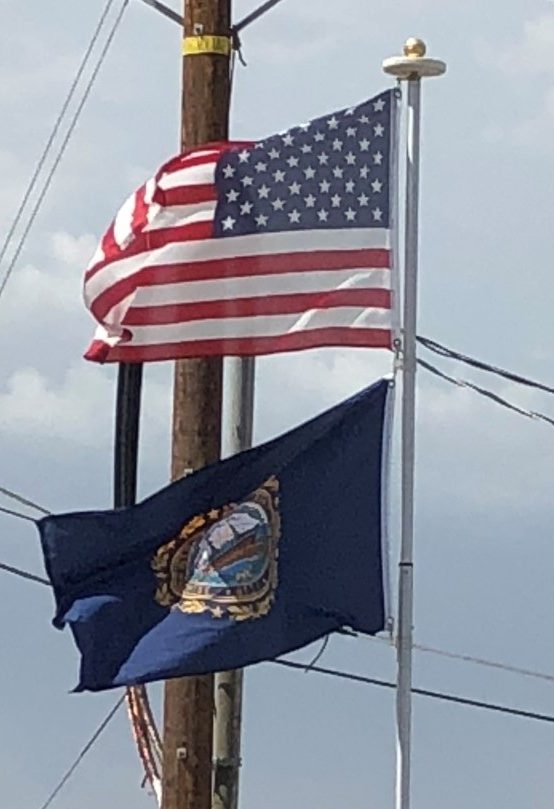Introduction:
New Hampshire is a state in the New England region of the northeastern United States. New Hampshire is the 5th smallest by land area and the 10th least populous of the 50 states.
In January 1776, it became the first of the British North American colonies to establish a government independent of the Kingdom of Great Britain’s authority, and it was the first to establish its own state constitution. Six months later, it became one of the original 13 states that founded the United States of America, and in June 1788 it was the ninth state to ratify the Constitution.
Geography:
New Hampshire is bordered on the north and northwest by the province of Quebec in Canada, to the east are Maine and the Atlantic Ocean, to the south is Massachusetts, and to the west is Vermont.
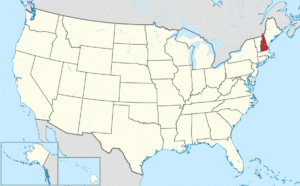
New Hampshire is commonly divided into seven major regions: the Great North Woods, the White Mountains, the Lakes Region, the Seacoast, the Merrimack Valley, the Monadnock Region, and the Dartmouth-Lake Sunapee area.
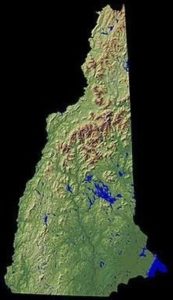
New Hampshire has the shortest ocean coastline of any U.S. coastal state, with a length of 18 miles.
New Hampshire was home to the rock formation called the Old Man of the Mountain,

a face-like profile in Franconia Notch, until the formation disintegrated in May 2003.
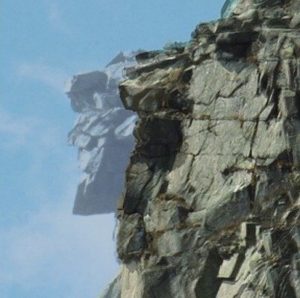
The White Mountains range in New Hampshire spans the north-central portion of the state, with Mount Washington the tallest in the northeastern U.S., site of the second-highest wind speed ever recorded
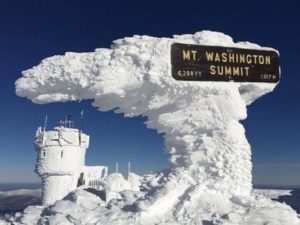
with other mountains like Mount Madison and Mount Adams surrounding it.
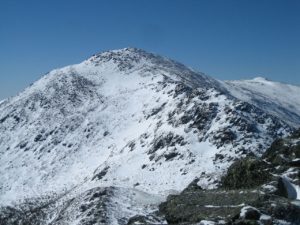
History:
Various Algonquin-speaking Abenaki tribes, largely divided between the Androscoggin and Pennacook nations, inhabited the area before European settlement.
English and French explorers visited New Hampshire in 1600–1605, and David Thompson settled at Odiorne’s Point in present-day Rye in 1623. The first permanent settlement was at Hilton’s Point, present day Dover. By 1631, the Upper Plantation comprised modern-day Dover, Durham and Stratham; in 1679, it became the “Royal Province”.
New Hampshire was one of the thirteen colonies that rebelled against British rule during the American Revolution. By the time of the American Revolution, New Hampshire was a divided province. The economic and social life of the Seacoast region revolved around sawmills, shipyards, merchants’ warehouses, and established village and town centers. Wealthy merchants built substantial homes, furnished them with the finest luxuries, and invested their capital in trade and land speculation. At the other end of the social scale, there developed a permanent class of day laborers, mariners, indentured servants and even slaves.
The only Revolutionary War battle fought in New Hampshire was the raid on Fort William and Mary, December 14, 1774, in Portsmouth Harbor, which netted the rebellion sizable quantities of gunpowder, small arms and cannon.
